When you consider diseases that threaten passengers, you likely think they exist on continents coated mosquito-laden jungles. But this is a offender. When it comes to severe diseases, in America you are at just as much risk as you’re anywhere else.
Diseases in America
Since the United States is so big and encompasses a lot of different ecosystems, traveling from one region to another can feel like journeying to a foreign nation–and you should use a similar amount of care when it comes to protecting your health. This means that although you’re in exactly the state, you are traveling to a different part of the planet and ought to be cautious of the diseases in America that may await you there, whether you’re an American or a tourist.
Here are the ailments in America that you ought to look out for on any vacation in the U.S.
Zika
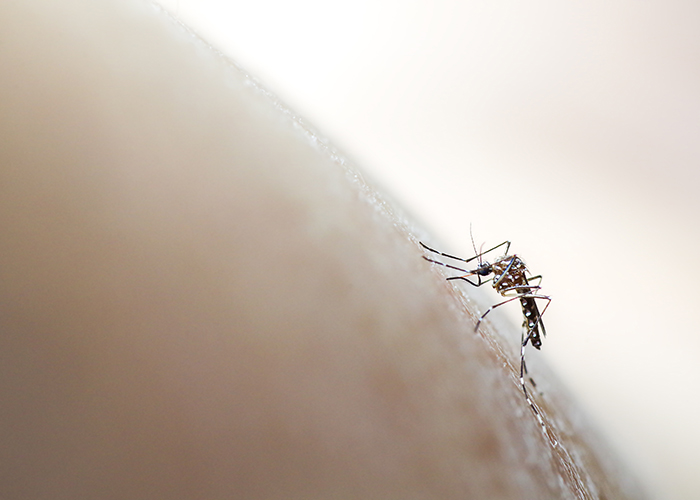
Still relatively new among ailments in America, there have been over 200 instances of Zika reported at the U.S. in 2017, meaning this mosquito-borne virus is still a possibility not just while vacationing in tropical U.S. territories like Puerto Rico and the U.S. Virgin Islands, but also in the Southern and Gulf countries–especially Florida and Texas. Symptoms of Zika include fever, rashes, headaches, and joint pain. The virus is very dangerous for pregnant women, since it’s been associated with instances of the birth defect in babies.
There is currently no vaccine for your Zika virus, so be sure that you’re well prepared to fend off the mosquitoes if you’re traveling to these Southern sexy spots.
Lyme Disease
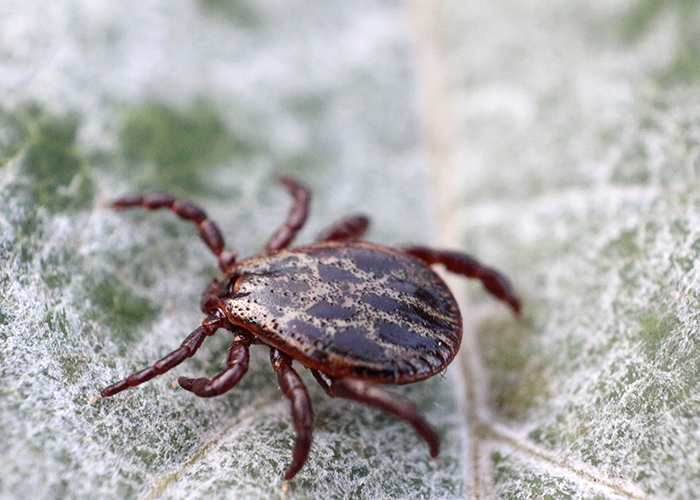
With so many beautiful parks travelers hikers–ought to be wary of Lyme disease, one of the diseases in the us. Inspired by bacteria, Lyme disease is transmitted from blacklegged ticks to people via tick bites. Symptoms include fatigue and fever, and, when left untreated, the disease could spread to the nervous system, the heart, and the joints.
Lyme disease is most frequently found at the northeast Appalachians, but many cases have been reported during the U.S.. The best way to avoid Lyme disease would be to use a strong bug repellent, then use permethrin spray on your clothes and equipment, and wear long sleeves, long trousers, and neutral-colored clothing. When you’ve completed your hiking for the day, make certain to thoroughly analyze your entire body, clothes, equipment, and pets for ticks before moving inside.
Salmonella
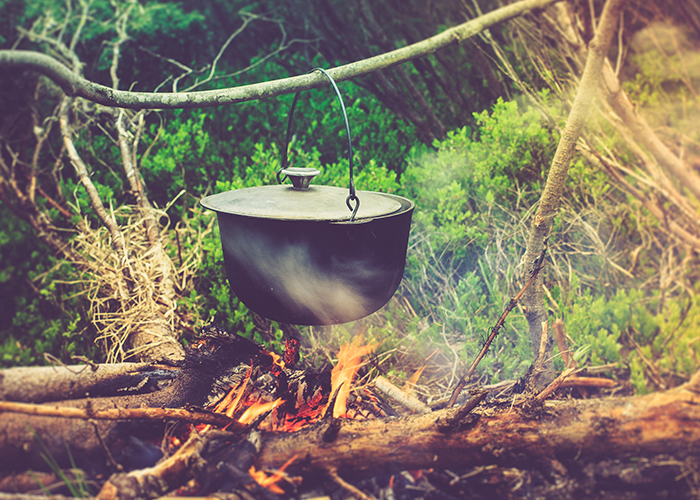
When you’re at home, you probably take many unconscious actions to avoid getting sick from salmonella–such as keeping your house clean, cooking your food all the way through, and resisting the temptation of uncooked cookie dough. However, when you travel, you could let down our guard at the worst possible moment. Whether you are cooking your dinner over a campfire or indulging in the buffet, always be wary of salmonella, a fungal infection which causes a sudden onset of diarrhea, abdominal cramps, nausea, and fever.
You’re at home, while on vacation, remember you are still at risk for the same diseases. Consider also that you’ll be in contact with the germs of tourists throughout your travels, making you more susceptible to catching disorders. Make sure you sanitize and wash your hands throughout your trip (particularly if you travel by plane) and keep an eye on the CDC’s list of active salmonella outbreaks.
Rocky Mountain Spotted Fever
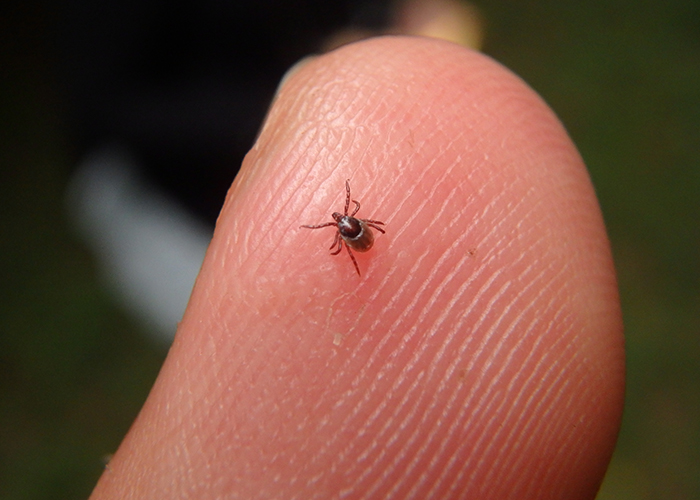
Do not let the name fool you; you ought to be cautious of Rocky Mountain spotted fever during the U.S. Another bacterial disease transmitted by ticks, this disease affects your internal organs and may do severe damage to your kidneys and heart. Symptoms include fever, headache, and a rash which looks on ankles and the wrists, for.
This disorder can be fatal, so remember to constantly check for ticks while spending some time in heavily wooded areas, not just on your body, but in your equipment too. Seek assistance if you observe any of the symptoms.
Hantavirus
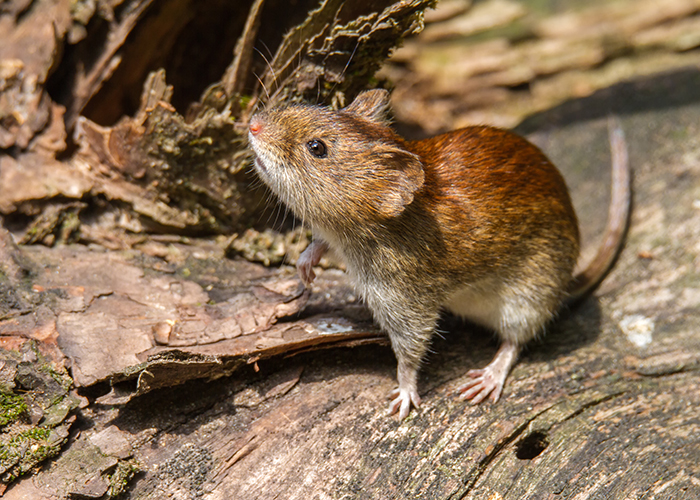
Hantavirus is a pulmonary disease that occurs sporadically throughout the U.S.. Rodents spread it and can be deadly. The disease is transmitted to humans in the air whenever “rodent urine, droppings, or nesting material are awakened,” according to the CDC. Hantavirus occurs most commonly in rural areas, but travellers in the U.S. should be most cautious while camping or staying in any buildings you may suspect to get a flea infestation.
Whether in the home or on vacation, the perfect way to stop contact is to keep your lodging clean. Symptoms of hantavirus are often confused with the flu, and men and women who contract the virus are unaware they came in contact. If you are going through flu-like symptoms and suspect you might have had a close encounter with rodents, tell your physician about it immediately.
